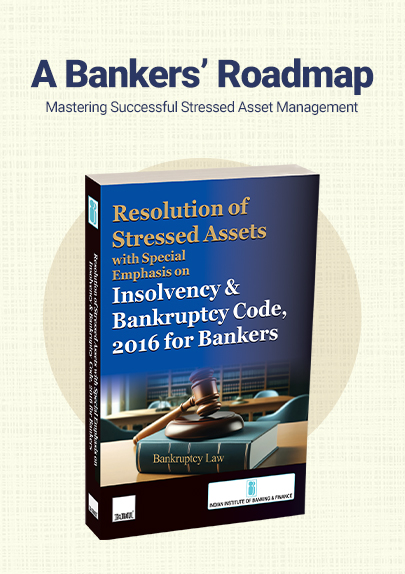[Opinion] How Multinationals Use Profit Shifting and Tax Havens—and What’s Being Done Globally and in India to Stop It
- Blog|News|International Tax|
- 2 Min Read
- By Taxmann
- |
- Last Updated on 4 December, 2024
CA Pawan Kumar – [2024] 168 taxmann.com 613 (Article)
1. Introduction
In an increasingly globalized economy, multinational enterprises (MNEs) are experts at minimizing their overall tax liability. Leveraging loopholes, tax treaties, and clever accounting, companies shift billions of dollars in profits from high-tax jurisdictions to low-tax or no-tax havens. This practice, known as profit shifting, erodes government tax revenues and raises serious questions about the fairness and effectiveness of international taxation systems.
Tax havens like Ireland, Luxembourg, Bermuda, and the Netherlands often serve as key nodes in these strategies, enabling companies to legally avoid taxes while generating significant profits. Governments worldwide, including India, are grappling with the fallout and taking action to address this issue. Let’s dive into how companies have exploited these mechanisms, the real-world examples that illustrate these practices, and the steps being taken globally and in India to combat profit shifting.
2. How Profit Shifting Works: Mechanisms and Tactics
Profit shifting involves complex accounting practices that move taxable income from high-tax jurisdictions to low-tax jurisdictions. Some common strategies include:
- Transfer Pricing Manipulation: Manipulating prices for goods or services transferred within the MNE to shift profits. Example: An MNE charges inflated prices for intellectual property or services provided by a subsidiary in a low-tax jurisdiction to reduce taxable profits in high-tax jurisdictions.
- Thin Capitalization: Structuring the company with high debt in high-tax countries and paying interest to subsidiaries in low-tax jurisdictions, effectively shifting profits as interest payments.
- Licensing and Royalty Payments: Charging subsidiaries exorbitant fees for the use of intellectual property (IP).
- Treaty Shopping: Exploiting tax treaties to route income through jurisdictions with favorable tax treaties. In a sense Using favorable tax treaties to reduce withholding taxes or avoid double taxation.
- Hybrid Mismatches: Exploiting differences in how countries classify financial instruments or entities.
3. Tax Havens and Their Correlation with Profit Shifting
A tax haven is a jurisdiction (i.e. Country) with very low or no corporate taxes, minimal financial disclosure requirements, and robust confidentiality rules. Tax havens are often used in profit-shifting schemes because they enable MNEs to shelter profits with minimal taxation.
4. Correlation Between Tax Havens and Profit Shifting
- Reduced Effective Tax Rate: By transferring profits to tax havens, MNEs reduce their overall tax liability.
- Lack of Transparency: Tax havens often have limited information-sharing agreements, making it harder for high-tax jurisdictions to trace income.
- Shell Companies: Many MNEs set up shell companies in tax havens to hold intellectual property, manage finances, or funnel profits.
Click Here to Read the Full Article
Disclaimer: The content/information published on the website is only for general information of the user and shall not be construed as legal advice. While the Taxmann has exercised reasonable efforts to ensure the veracity of information/content published, Taxmann shall be under no liability in any manner whatsoever for incorrect information, if any.

Taxmann Publications has a dedicated in-house Research & Editorial Team. This team consists of a team of Chartered Accountants, Company Secretaries, and Lawyers. This team works under the guidance and supervision of editor-in-chief Mr Rakesh Bhargava.
The Research and Editorial Team is responsible for developing reliable and accurate content for the readers. The team follows the six-sigma approach to achieve the benchmark of zero error in its publications and research platforms. The team ensures that the following publication guidelines are thoroughly followed while developing the content:
- The statutory material is obtained only from the authorized and reliable sources
- All the latest developments in the judicial and legislative fields are covered
- Prepare the analytical write-ups on current, controversial, and important issues to help the readers to understand the concept and its implications
- Every content published by Taxmann is complete, accurate and lucid
- All evidence-based statements are supported with proper reference to Section, Circular No., Notification No. or citations
- The golden rules of grammar, style and consistency are thoroughly followed
- Font and size that’s easy to read and remain consistent across all imprint and digital publications are applied






 CA | CS | CMA
CA | CS | CMA


